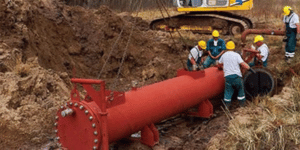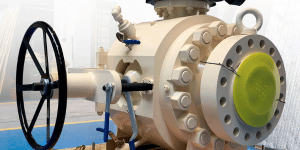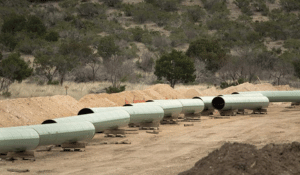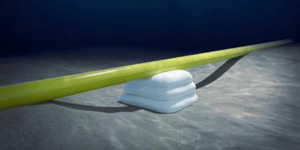
The Problem
Centrica E&P were planning the decommissioning process for the A-fields area comprising of 3 fixed platforms, 7 subsea structures and 20 pipelines and umbilicals. Jee was contracted to assess the options for flushing, pigging and conditioning of the pipeline infrastructure and to advise an optimised base case cleaning methodology to be taken forward to the detailed engineering phase.
The Solution
Jee reviewed the existing pipeline decommissioning conditioning philosophy and generated alternative strategies designed to fit within Centrica’s planned well plugging and abandonment vessel hire schedules to optimise vessel utilisation and activity set per mobilisation.
Jee then arranged and facilitated a workshop with key Centrica stakeholders, led by experienced Jee pigging and decommissioning engineers, to ensure full engagement and agreement of the proposed final plans. The workshop included:
- Presentation of pipeline cleaning objectives and philosophy with detail of each cleaning and sequencing concept
- Structured discussion and brain-storm of benefits, issues and operational complexities associated with each option, including fluid disposal and sequencing requirements considering COP of currently operational pipelines
- Comparative assessment against pre-agreed criteria covering safety, environmental, technical, societal and economic considerations in-line with O&G UK recommended practice to identify preferred concept
- Re-review and optimisation of the preferred concept to form the agreed base case cleaning methodology
Jee subsequently documented the findings of the workshop to provide final recommendations and justification for the preferred strategy.
The Benefits
Pipeline cleaning for decommissioning activities can be complex and expensive, especially for a large network of interlinked assets, some of which are not easily pigged and others which are still operational; therefore optimising the strategy to coincide with other decommissioning activities provides significant cost benefits.
The structured workshop and comparative assessment approach led by Jee ensures the decisions made can be justified on a technical and commercial basis, including agreement from all relevant internal stakeholders, and supported by independent expert analysis.



